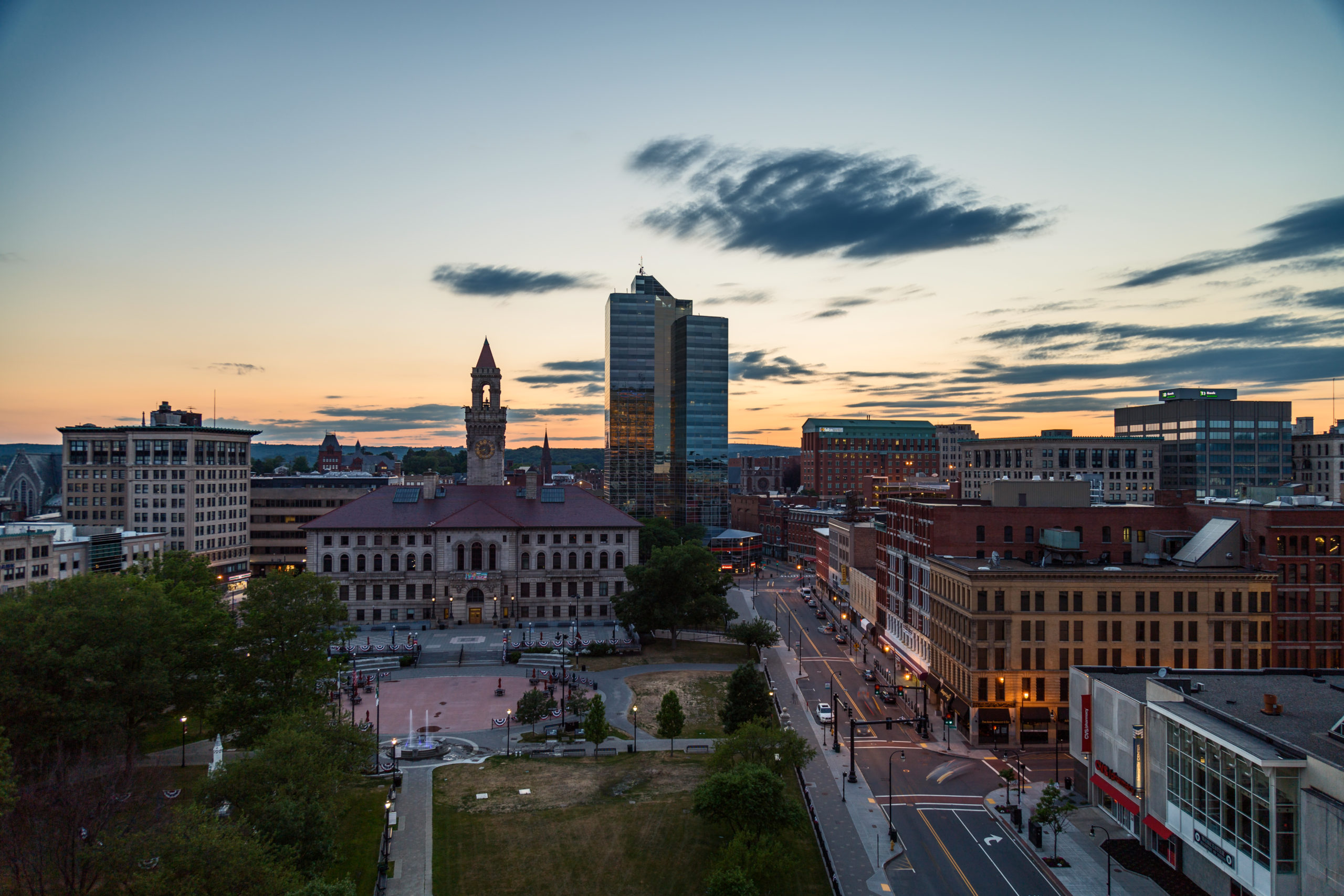Worcester’s Dual Tax Classification System
Every year the Worcester City Council meets at the end of November or early December to set the property tax rates. From 2015 through 2020 the council voted to widen the gap between the commercial/industrial taxpayers and the residential taxpayers. The 2021 vote was a little different. Six of the 11 elected officials voted to narrow the gap for the first time in six years. While it was not the tax differential the Worcester Regional Chamber of Commerce had advocated for, it hopefully is the first of many steps to a gradual approach to a fair and equitable single tax rate.
Worcester’s 2024 Real Estate Tax Rates are Residential $13.75 per $1000 Assessed Value & Commercial $30.04 per $1000 Assessed Value
Advocation
While most assume the Worcester Regional Chamber of Commerce advocates for an overnight vote to get to a single rate, the fact is, that is not the case. While the Chamber does hope to get to a single rate at some point, we understand the need to make a 10-year plan to get there incrementally. Municipalities across the Commonwealth that have (or recently had) dual tax rates have implemented long-term plans to gradually narrow their tax gaps.
Just in our region, for example, Webster made and stuck to a 10-year plan to get to a single rate. In 2018 that plan was executed and are now helping their commercial tax base grow. Before 2018, Webster had 19 vacant storefronts in its downtown corridor, today those vacancies are down to six. The vibrancy of that commercial corridor has grown exponentially with shops and restaurants and has made it a destination for not just its residents but the surrounding communities.
We heard the argument on the council floor during the tax debate that there is a lot of construction and development occurring in the City with the ballpark and the new companies coming to the Canal District and downtown. Well, the truth of the matter is the ballpark is municipally owned and the large majority of developments in the city are residential. So, while we do see construction occurring, remember that the two major projects on Green Street that were cited where the former Sir Morgan’s Cove was, and where the Table Talk site is, will both be residential.
In 1984 when the dual tax was enacted here in Worcester, 35% of the tax base came from our commercial/industrial sectors. Since that time the widening of the gap has disincentivized businesses to come or stay in the city and now only 23% of the tax revenue comes from the commercial/industrial sectors. This year’s budget is $800 million (FY2024). Ironically, the previous votes to widen the tax gap have caused companies to leave for surrounding communities putting this void on the backs of the residents. While this incremental step is one in the right direction, we must continue to be vigilant and help us raise that commercial tax base.


